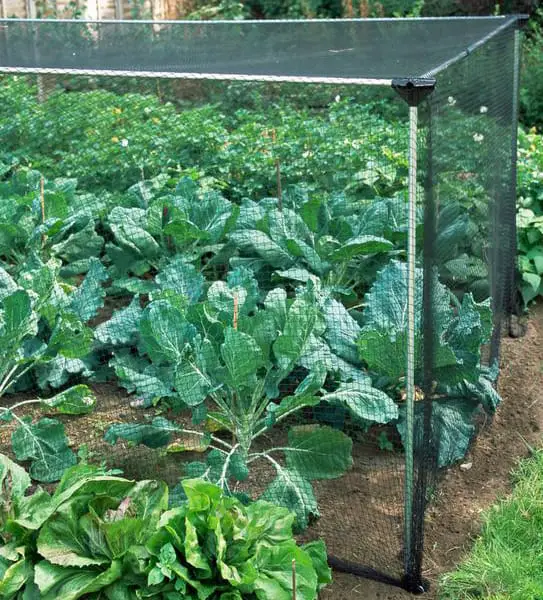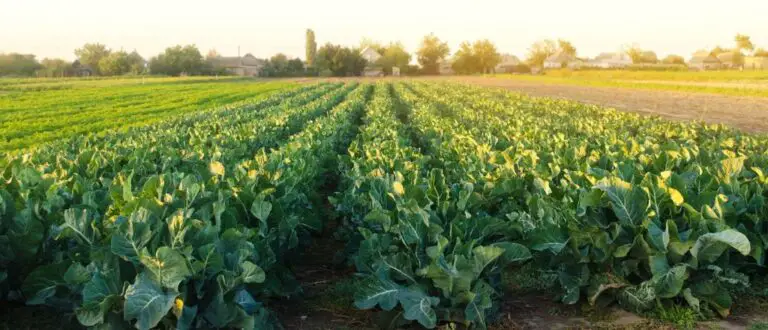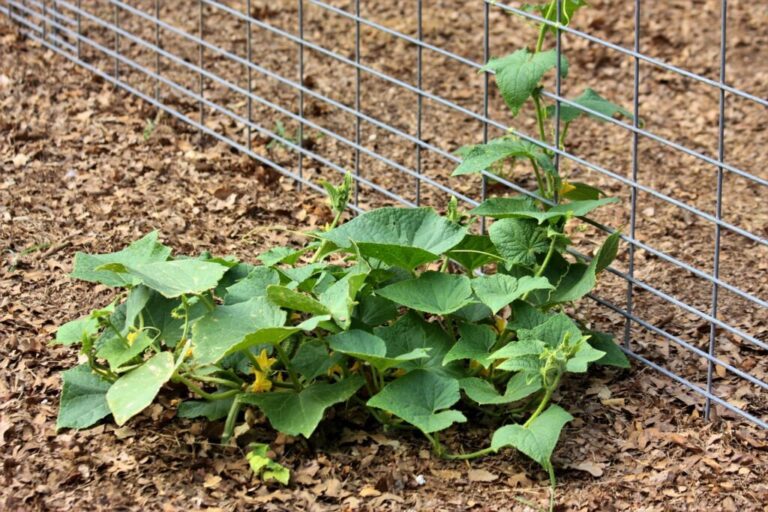7 Reasons Your Star Fruit Plant Isn’t Flowering
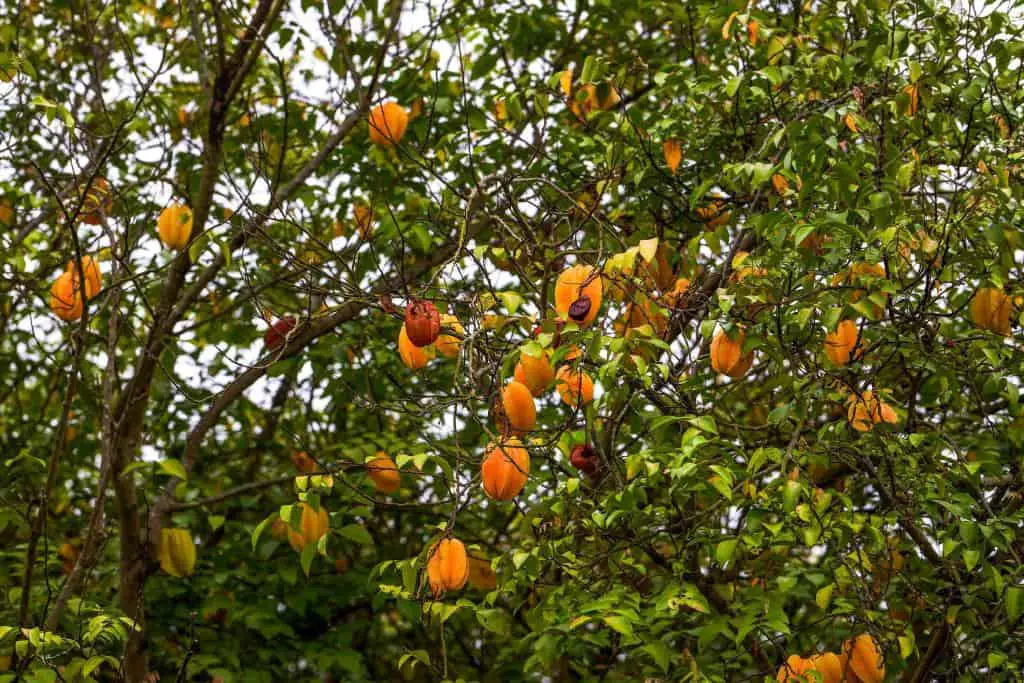
Have you ever been looking forward to seeing bright star fruit blossoms on your plant but were let down when they were not there? The flowering stage is not only beautiful to look at but also very important to the life cycle of star fruit plants.
It means that there will likely be lots of fruit and that its genes will be passed on to future generations. But if these pretty flowers are not there, it is time to look into the complicated things. They might be stopping your star fruit plant from flowering.
Many issues can stop your star fruit plant from making the flowers you want. These include nutrient deficiencies and pest invasions. Understanding these barriers is like decoding nature’s cryptic language. It’s also like nurturing your plant back to its full potential.
As we start this horticultural exploration together, let’s demystify star fruit plants. We’ll uncover why they may be withholding their floral beauty from you.
Why are Flowering Essentials for Star Fruit?
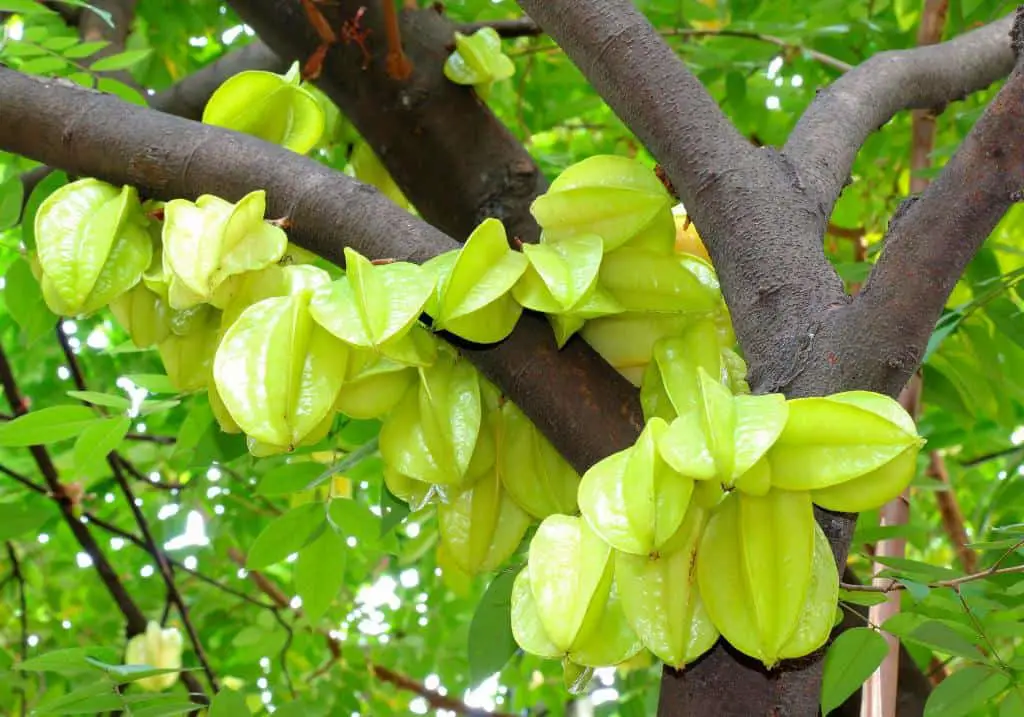
Flowering is essential for star fruit because it is the first step in the fruit production process. Without flowers, there can be no fruit, and therefore no harvest of the delicious star-shaped delicacy. Flowers contain the reproductive organs of the plant, including the male flower stamens and the female pistil, which must undergo pollination to form fruit.
This process is vital for the plant’s survival and propagation, as it allows for the transfer of genetic material and the production of seeds. Flowering also shows the plant’s health. It means the plant is mature enough to make fruit.
Flowering is critical for star fruit. It sets the foundation for future harvests and ensures the plant’s growth and success in the garden.
Let’s go beyond just looking and dive into the root causes. They might be lurking below the surface, stopping your star fruit plant from thriving.
1. Nutrient Deficiency
One common reason your star fruit plant might not be flowering is nutrient deficiencies. These are often in key elements like potassium or phosphorus.
These nutrients play a vital role in the plant’s overall health and flower production. A lack of these key nutrients can inhibit the flowering process, as they are crucial for various metabolic functions within the plant. To remedy this issue, ensuring that your star fruit plant receives a balanced fertilizer is essential.
Balanced fertilizer has the right levels of macro- and micronutrients. It can promote healthy growth and encourage prolific flowering in star fruit plants.
Look out for specific symptoms indicating nutrient deficiency, such as yellowing leaves, stunted growth, or leaf discoloration. By closely watching your plant’s look and addressing any signs of deficiency promptly with the right fertilization plan, you can help its reproductive processes and potential to flower.
Supply the plant with a balanced fertilizer tailored to its needs. This can boost its nutrient uptake and may stimulate flower bud growth. Remember to follow recommended doses. This prevents over-fertilization. It could also hinder flowering.
2. Improper Pruning Techniques
When it comes to star fruit plants, improper pruning can certainly throw a wrench into their flowering plans. Incorrect pruning methods disrupt the plant’s natural growth and can directly impact flower bud production. To ensure your star fruit plant blossoms well, you must adopt proper pruning. These practices must align with the plant’s unique growth patterns.
One key tip for encouraging flowering in star fruit plants is to prune selectively and strategically. Focus on removing dead or diseased branches, as well as any overcrowded areas that could hinder the plant’s ability to produce flower buds. By allowing enough air and light through precise trimming, you create an environment for blooming.
Avoid common mistakes like over-pruning, which can strip the plant of vital resources needed for flowering. Instead, aim for balanced pruning. It keeps the plant’s structure while promoting new growth for future blooms. When it comes to pruning star fruit plants, less is often more. Targeted cuts will set the stage for a successful flowering season.
3. Pest Infestation
Pests, like aphids, can wreak havoc on your star fruit plant’s potential to flower. These tiny nuisances suck the sap from the plant, robbing it of essential nutrients needed for healthy flowering. One telltale sign of an aphid infestation is the sticky honeydew they leave behind, attracting ants and promoting mold growth. By weakening the plant, pests interfere with its natural processes, including flowering.
To tackle pest infestations effectively, consider both natural and chemical control methods. Introduce ladybugs. They feed on aphids. They can naturally manage these pests. No need for chemicals. Alternatively, insecticidal soaps or neem oil sprays can target aphids while being less harmful to beneficial insects if a more significant intervention is warranted.
Early detection plays a crucial role in managing pest issues before they escalate. Keep a close eye on your star fruit plants for early signs of pest presence, like distorted leaves or sticky residue on leaves and stems.
4. Inadequate Sunlight Exposure
Sunlight is essential for the flowering process of star fruit plants. Adequate sunlight exposure plays a significant role in the plant’s ability to produce healthy blooms. Star fruit plants, like many other fruit-bearing trees, rely on sunlight to fuel their photosynthesis process, which is vital for flower development and overall growth. Insufficient sunlight can result in stunted growth and a reduction in flowering capacity.
For optimal growth and blooming of star fruit plants, they typically require about 8-10 hours of direct sunlight daily. Lack of proper sunlight exposure can lead to poor flowering or even no flowers at all. If your star fruit plant lacks sun due to shade from structures or trees, trim back overhanging branches or move the plant to a sunnier spot. Making adjustments to ensure your plant gets enough sunlight can greatly improve its flowering.
You can tell if your star fruit plant is getting enough sunlight by watching its growth. Also, see if the plant’s blooming changes. Plants that are consistently struggling to produce flowers might be lacking sufficient sunlight.
5. Not Enough Watering
Watering plays a vital role in the overall health and flowering capacity of star fruit plants. Overwatering or underwatering can severely impact the plant’s ability to bloom. When a star fruit plant receives too much water, it may experience root rot, leading to stunted growth and decreased flower production. On the other hand, underwatering can cause stress to the plant, hindering its reproductive processes. Finding the right balance in watering is crucial for encouraging optimum flower production in star fruit plants.
To ensure healthy blooming, you must water them properly. You need to tailor your watering to star fruit plants’ needs. Watering should be done evenly and consistently, allowing the soil to dry slightly between watering sessions. Checking the moisture level in the soil before watering can prevent overwatering. Also, use well-draining soil. It maintains moisture but avoids waterlogging roots. By giving it the right amount of water, you can help your star fruit plant reach its full flowering potential.
6. Temperature Extremes
Temperature plays a crucial role in the blooming cycle of star fruit plants. Extreme fluctuations can disrupt the flowering process, leading to reduced or inhibited flower production. For optimal growth and blooming, star fruit plants thrive in specific temperature ranges depending on the season. Understanding these temperature preferences is vital for ensuring your plant’s successful flowering.
In general, star fruit plants prefer temperatures between 65-85 degrees Fahrenheit for robust flowering. Cooler temperatures can slow down the blooming cycle, while excessive heat can stress the plant, affecting flower development. During different seasons, it’s essential to adjust care based on temperature variations to support healthy flowering. For example, providing shade during hot summer days or using protective coverings during frosty winter nights can help maintain a favorable environment for blossoming.
To protect your star fruit plant from extreme temperatures, consider utilizing shade cloth or row covers to shield it from intense sunlight or cold snaps. Monitoring weather forecasts and taking preemptive measures can safeguard your plant’s blooming potential. By creating a stable and suitable microclimate around your star fruit plant, you can mitigate the detrimental effects of temperature extremes and promote consistent flowering throughout its growth cycle.
7. Lack of Pollinators
Pollinators play a critical role in the lifecycle of star fruit plants. Without proper pollination, star fruit plants cannot produce fruits. Encouraging bees, butterflies, and birds to visit your garden can greatly improve pollination.
You can create a pollinator-friendly environment. Do this by planting flowers that attract these helpful insects. Also, provide water sources. This can increase the number of pollinators in your garden.
In cases where pollinators are scarce, or if you grow star fruit indoors, use manual pollination. Gently transferring pollen from one flower to another using a small brush can mimic the work done by bees or other insects. By manually moving pollen, you ensure that the flowers are well pollinated. This leads to better fruit and plant health.
If there is a lack of pollinators present around your star fruit plant, it’s essential to address this issue promptly to avoid poor or no flowering. The consequences of inadequate pollination can result in dropping flowers or undersized fruits. To fix this, consider adding native plants. They attract local pollinators. Or, set up bee houses to encourage their presence in your garden.
Conclusion
You must ensure your star fruit plant reaches its full potential. This requires a mix of understanding, care, and timely help. You can help your star fruit plant to flourish. Do this by fixing nutrient problems with balanced fertilization. You can also do this by learning proper pruning. You can protect against pesky invaders. You can optimize sunlight exposure. Keep a regular watering schedule. Watch temperature. And foster a pollinator-friendly environment.
As you embark on this flowering journey with your star fruit plant, remember that each factor plays a crucial role in nurturing its blooms. With patience and attentiveness, and these insights, you can turn obstacles into opportunities. You are well-equipped for abundant success. May your star fruit plant thrive and blossom under your dedicated stewardship!


